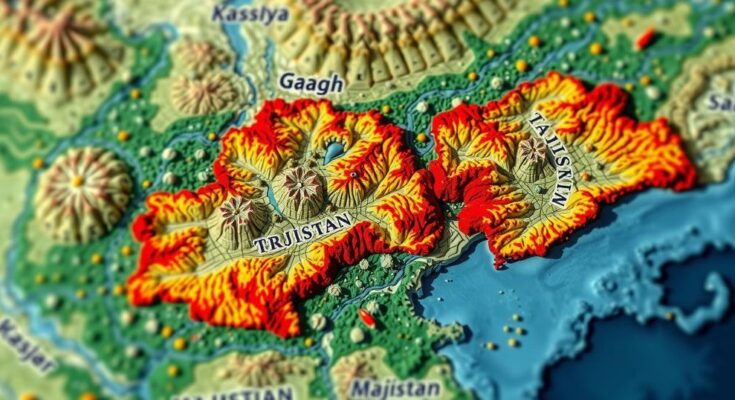A 5.6 magnitude earthquake recently struck Tajikistan, according to GFZ reports. This event highlights the ongoing seismic activity in the region and the necessity for preparedness among residents. Details on damage are still pending.
A magnitude 5.6 earthquake struck Tajikistan, as reported by the GFZ German Research Centre for Geosciences. This seismic event occurred in a region that has experienced various tremors throughout its history, indicating an ongoing geological instability. The earthquake’s epicenter was monitored, although details regarding damage or casualties remain limited. Seismologists are advising residents to remain vigilant, as aftershocks may potentially follow.
Tajikistan, located in Central Asia, is situated in a seismically active zone known for its susceptibility to earthquakes. The region experiences frequent seismic activity due to its proximity to tectonic plate boundaries. Previous significant earthquakes have resulted in considerable destruction and loss of life, underscoring the importance of preparedness and resilience strategies for the local population. Observations by geological agencies, like GFZ, provide crucial insights for monitoring such events.
In summary, the magnitude 5.6 earthquake that recently impacted Tajikistan signifies ongoing geological activity in the region. Authorities and residents must stay informed and prepared for future seismic events. Understanding the risks and having a response plan can mitigate the potential impact of earthquakes on communities.
Original Source: www.jpost.com




